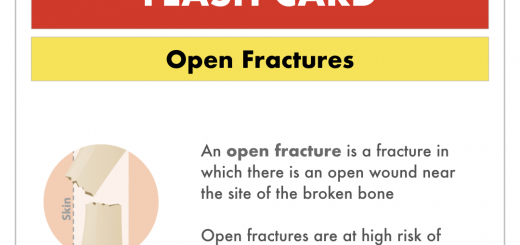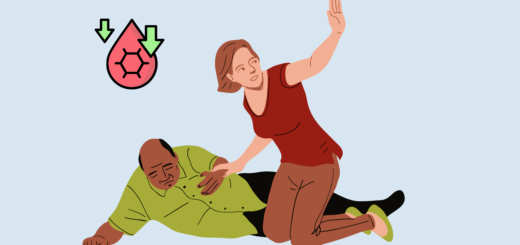What are the different types of wound?
A wound is an abnormal break in body tissue. Wounds can be classified according to their cause and nature in first aid.
Different wounds may require different first aid treatments however the overall aim is to control bleeding and minimise the risk of infection.
This table summarises the different types of wounds, their typical characteristics and possible complications.
Different types of wounds in first aid
|
Type |
Possible cause |
Typical characteristics |
Possible complications |
|
Incision |
Sharp edge or blade |
Single clean wound; profuse bleeding |
Tissues such as muscles and tendons may be damaged |
|
Abrasion |
Rough surface |
Multiple minor wounds to surface of the skin only |
Contamination |
|
Laceration |
Multiple sharp edges or points |
Multiple wounds, maybe with tearing of tissues |
Contamination, extensive tissue damage |
|
Puncture |
Thin knife or pointed object |
Small but deep wound; minimal external bleeding |
Internal bleeding and organ damage; contamination |
|
Contusion |
Blunt object, or surface |
Skin unbroken, but bleeding into tissue causing bruising |
Internal bleeding; damage to internal organs |
|
Gunshot |
Bullet, or similar projectile |
Small entry wound; extensive tissue damage along projectile path; maybe large exit wound |
Extensive internal bleeding and tissue damage, severe contamination |
All wounds can bleed. Bleeding may be classified depending on the type of blood vessel(s) involved.
Arterial bleeding
Because of the direct pressure from the heart, arterial blood will spurt out in time with the heartbeat. The strength of the spurt will depend on the size of the artery involved.
Arterial bleeding is an emergency situation and you should not delay in calling for emergency medical help.
Firm, direct pressure over the bleeding wound is the most effective method of stopping arterial bleeding.
Venous bleeding
Venous bleeding may gush or flow out, depending on the size of vein involved. The blood will be dark red as it is not oxygenated.
Serious venous bleeding must be considered as almost as dangerous as serious arterial bleeding.
Capillary bleeding
Capillary bleeding tends to ooze. The blood is usually mid red in colour. Unless very extensive, capillary bleeding is rarely serious, and blood loss is generally minor.





